Mississippi Coast residents were on hand to witness – and celebrate – the historic launch of the new Artemis rocket engines tested in Hancock County. – by Lisa Monti – photos courtesy NASA, Lisa Monti, Anne Pitre and Wendy McDonald
Space agency and contractor employees and guests, many from Mississippi, kept up with the countdown clock on one side of the viewing area and NASA’s real-time commentary on a big screen on the other side of the bleachers. Spectators waited their turn to pose for photos and selfies with the powerful rocket at launch pad 39B, flooded with spotlights, about four miles away. Artemis I is the first test of NASA’s new system to explore deep space, consisting of the Orion spacecraft, the massive Space Launch System and the ground systems at KSC. The four engines in the rocket’s core stage were tested and approved flight worthy at Stennis. 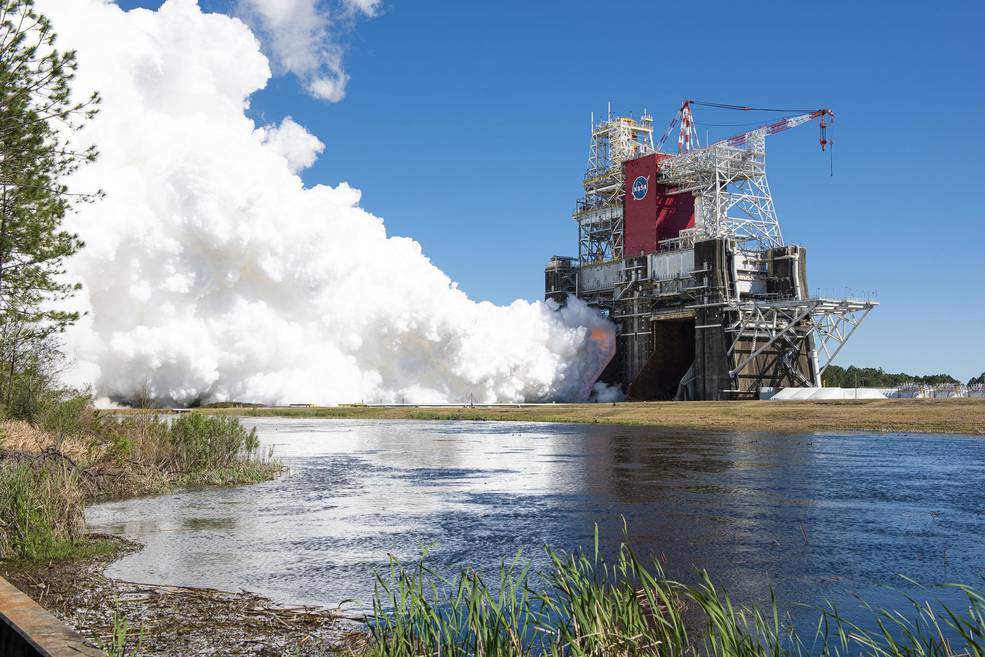 NASA conducts a hot fire test March 18, 2021, of the core stage for the agency’s Space Launch System rocket on the B-2 Test Stand at Stennis Space Center near Bay St. Louis, Mississippi. The hot fire test of the stage’s four RS-25 engines generated a combined 1.6 million pounds of thrust, just as will occur during an actual launch. The hot fire test is the final test of the Green Run test series, which represents a comprehensive assessment of the core stage and its integrated systems prior to its launch on the Artemis I mission. Earlier attempts to launch were scrubbed on Aug. 29 (read our Shoofly Magazine story about it here) because of a faulty sensor, on Sept. 4 due to a liquid hydrogen leak and again Sept. 26 because of Hurricane Ian. The successful launch Nov. 16 was cause for celebration by all those involved. Attendees onsite spent part of the time ahead of launch touring the nearby Apollo/Saturn V Center which showcases large-scale rockets suspended overhead, crew capsules, videos, artifacts – including a moon rock – and astronaut mementoes among its exhibits. Many in the crowd wore shirts with the new Artemis mission patch or the familiar NASA “meatball" logo. Some young spectators came dressed in mini-astronaut outfits. Everyone on this night was a member of Team Artemis, pulling for the long-awaited test mission to get under way. After a brief hold to fix a problem, the countdown continued and the “go for launch” pronouncement by the launch director brought more cheering throughout the viewing area. The flames, smoke and roar produced by the rocket engines and boosters as it climbed into the clear night sky was dramatic and awesome, even for space veterans. “What an incredible sight to see NASA’s Space Launch System rocket and Orion spacecraft launch together for the first time,” said NASA Administrator Bill Nelson, who flew aboard the Space Shuttle Columbia on mission STS-61-C. Video of the launch by Anne Pitre, Marketing and Communications Manager, Hancock Chamber In a matter of minutes, the spacecraft was out of sight, visitors trying to process the historic achievement they had just witnessed found their way back to the buses that transported them. As the new mission progressed about 90 minutes after launch, the rocket’s upper stage engine successfully fired for about 18 minutes to give Orion the push it needed to send it out of Earth orbit and toward the Moon. A few days later, on Nov. 21, came another major highlight of the mission: Orion passed 81 miles above the Moon traveling along at 5,102 miles per hour. At that point, Orion was more than 230,000 miles from Earth. If all goes as planned, the Orion spacecraft is set to splash down Dec. 11 in the Pacific Ocean, some 25 days after the launch of the Artemis I mission from Kennedy Space Center. Orion will have traveled 280,000 miles from Earth and 40,000 miles beyond the far side of the Moon. A suited-up “commander” manikin was along for the ride, paving the way for astronaut crews. The NASA Office of Communications at Stennis Space Center said in a statement to the Shoofly Magazine that, “The spectacular launch of the Artemis I mission with NASA’s Space Launch System and Orion spacecraft on Nov. 16 was exciting and truly historic. Through Artemis, NASA will return to the Moon in a sustainable way, prepare for human journeys to Mars, and continue its mission to explore the secrets of the universe for the benefit of all. “Everyone in Mississippi can take pride in the frontline contributions of the state to help power Artemis I, as well as future deep space missions. Stennis tested the RS-25 engines and the Space Launch System core stage that helped launch Artemis I – and the center also is testing RS-25 engines built by prime contractor Aerojet Rocketdyne for all future Space Launch System missions,” the Stennis statement continued. While the Artemis I test flight team still has much work to do before splashdown, NASA and the others on the team still have much to celebrate. As Stennis officials said, “We applaud the work of every person across the center, the state, and the nation who supports NASA’s work and who plays a role in making this unprecedented return to deep space possible. Go, Artemis! Go, Stennis! Go, NASA!” To follow the mission’s progress, https://www.nasa.gov/artemisprogram Enjoy this feature?Comments are closed.
|
Categories
All
Archives
July 2024
|
Shoofly Magazine Partners
Our Shoofly Partners are local businesses and organizations who share our mission to enrich community life in Bay St. Louis, Waveland, Diamondhead and Pass Christian. These are limited in number to maximize visibility. Email us now to become a Shoofly Partner!

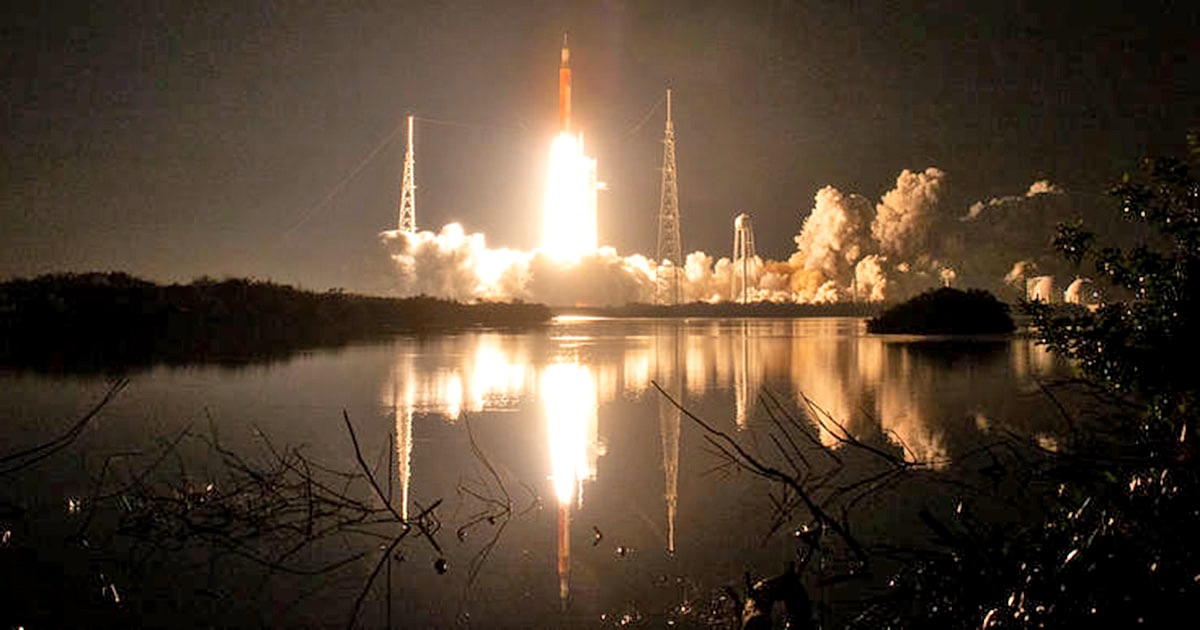


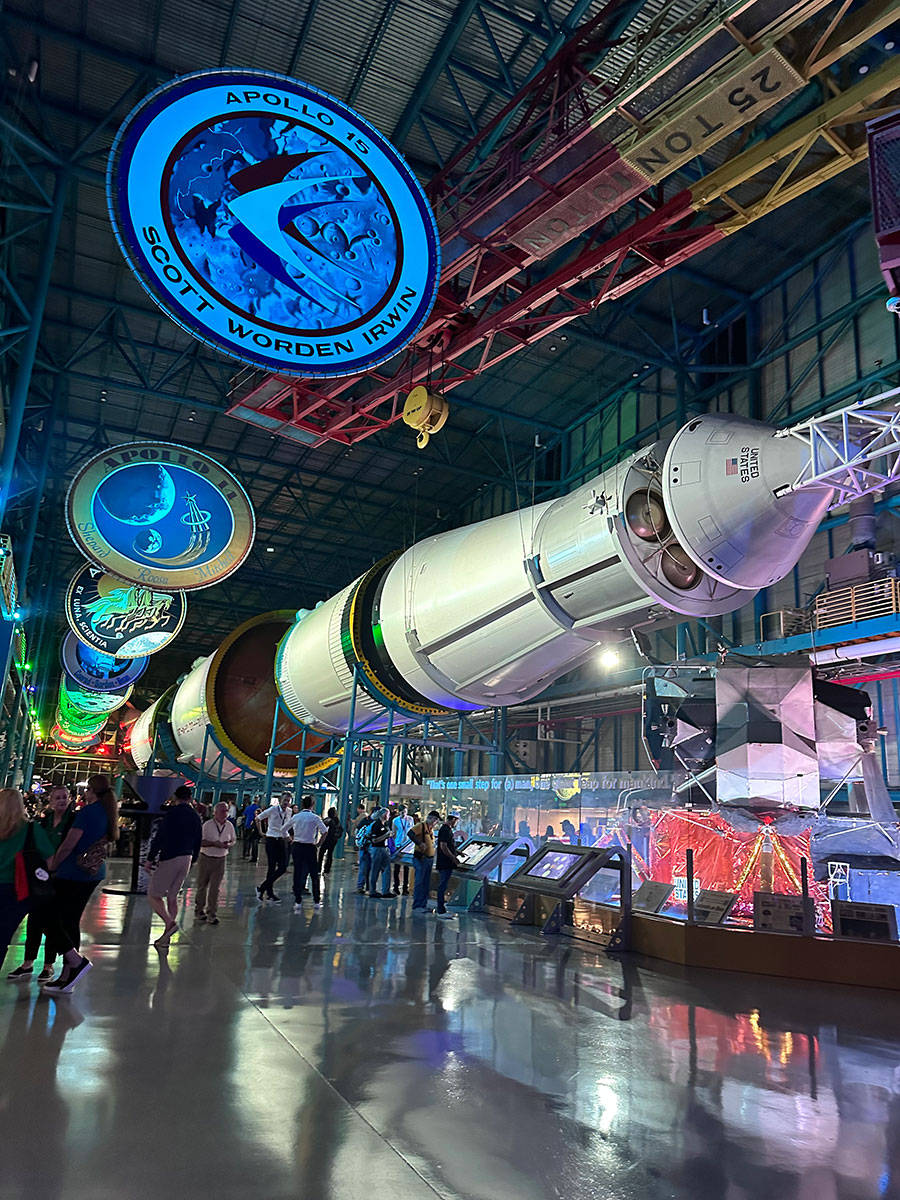
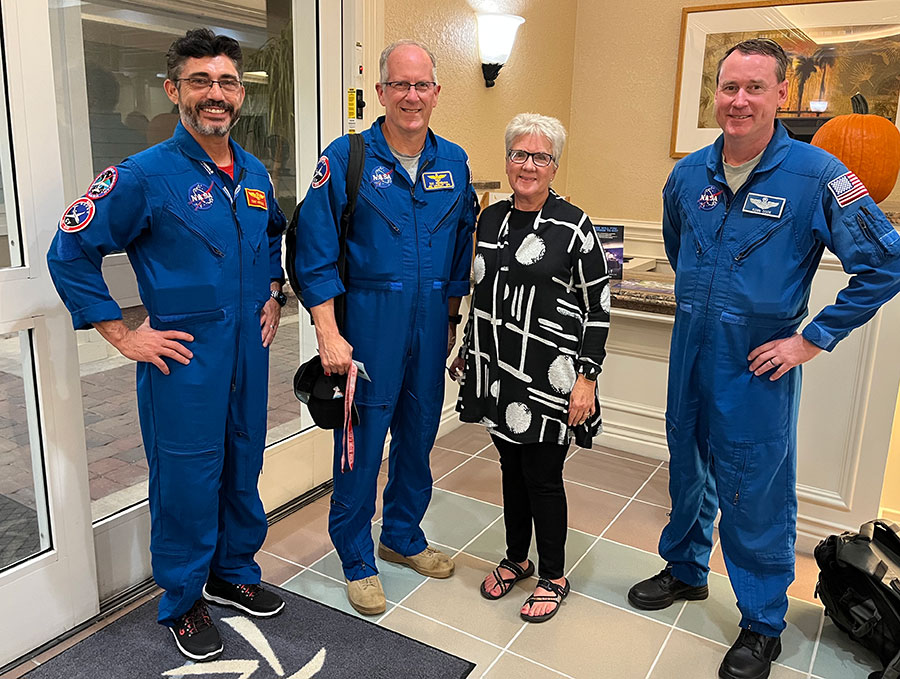
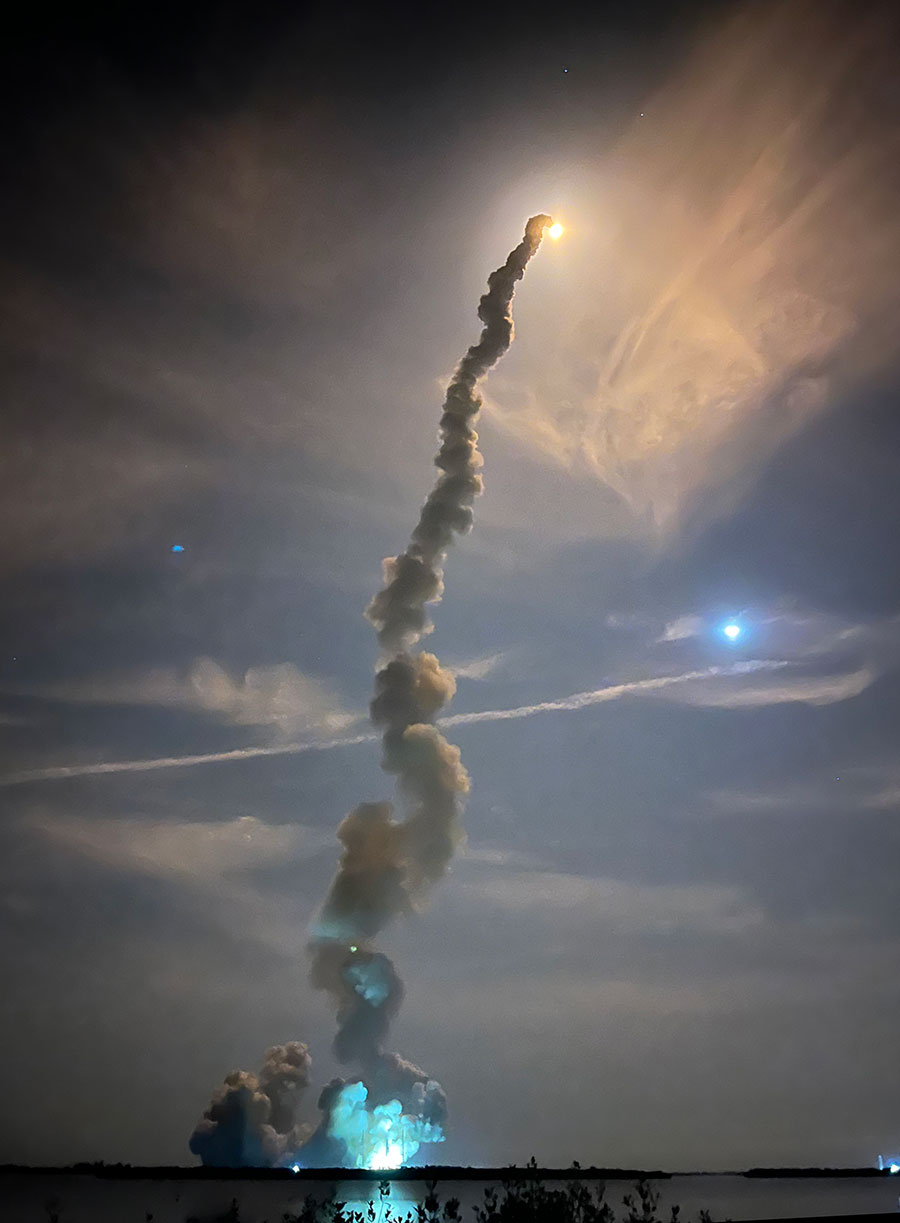
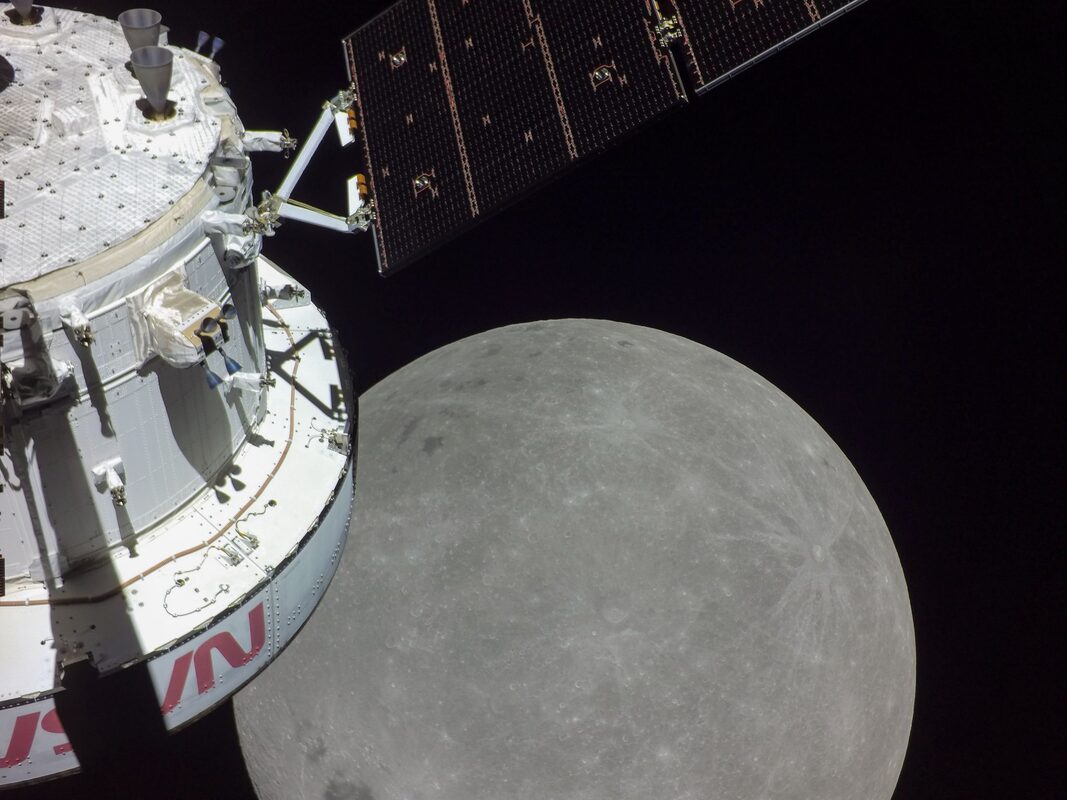


























 RSS Feed
RSS Feed























